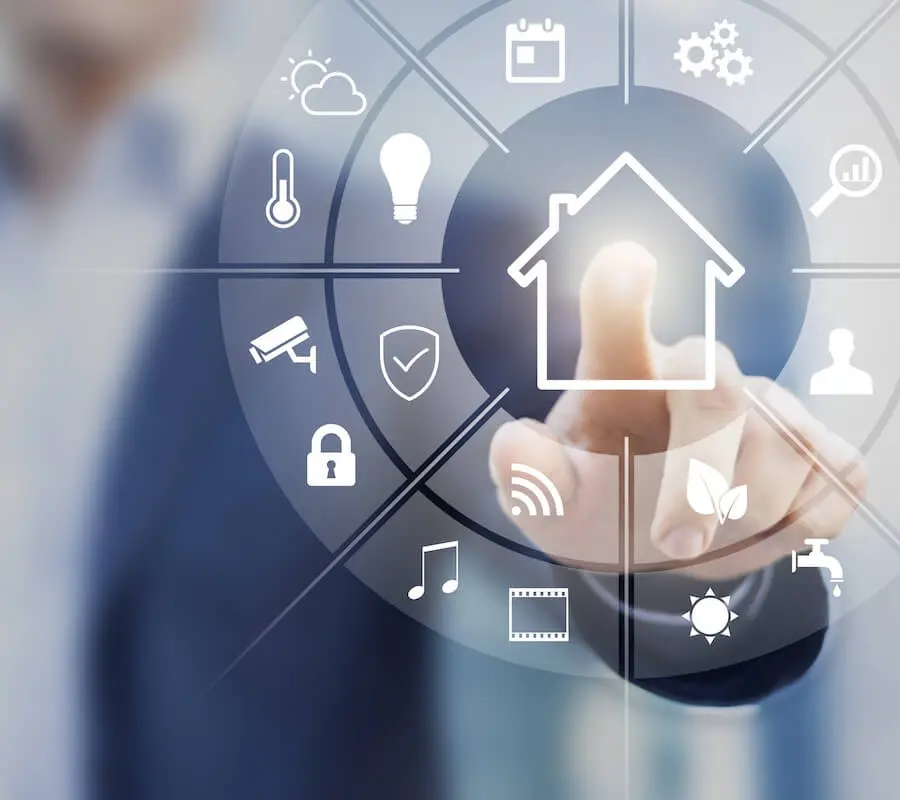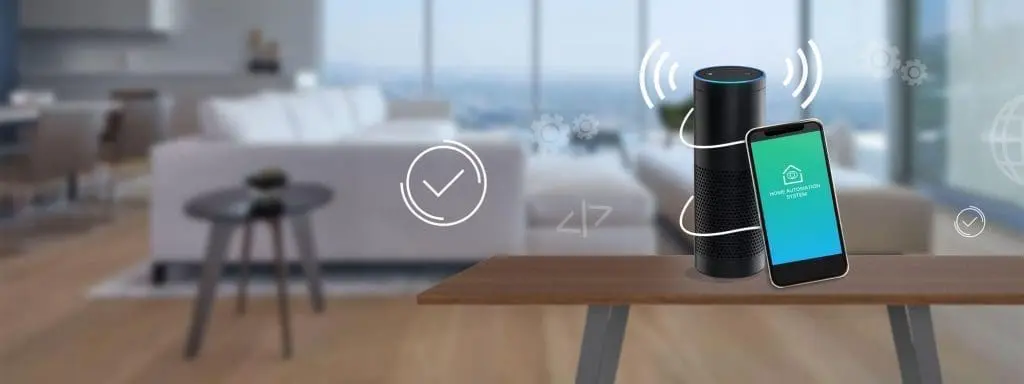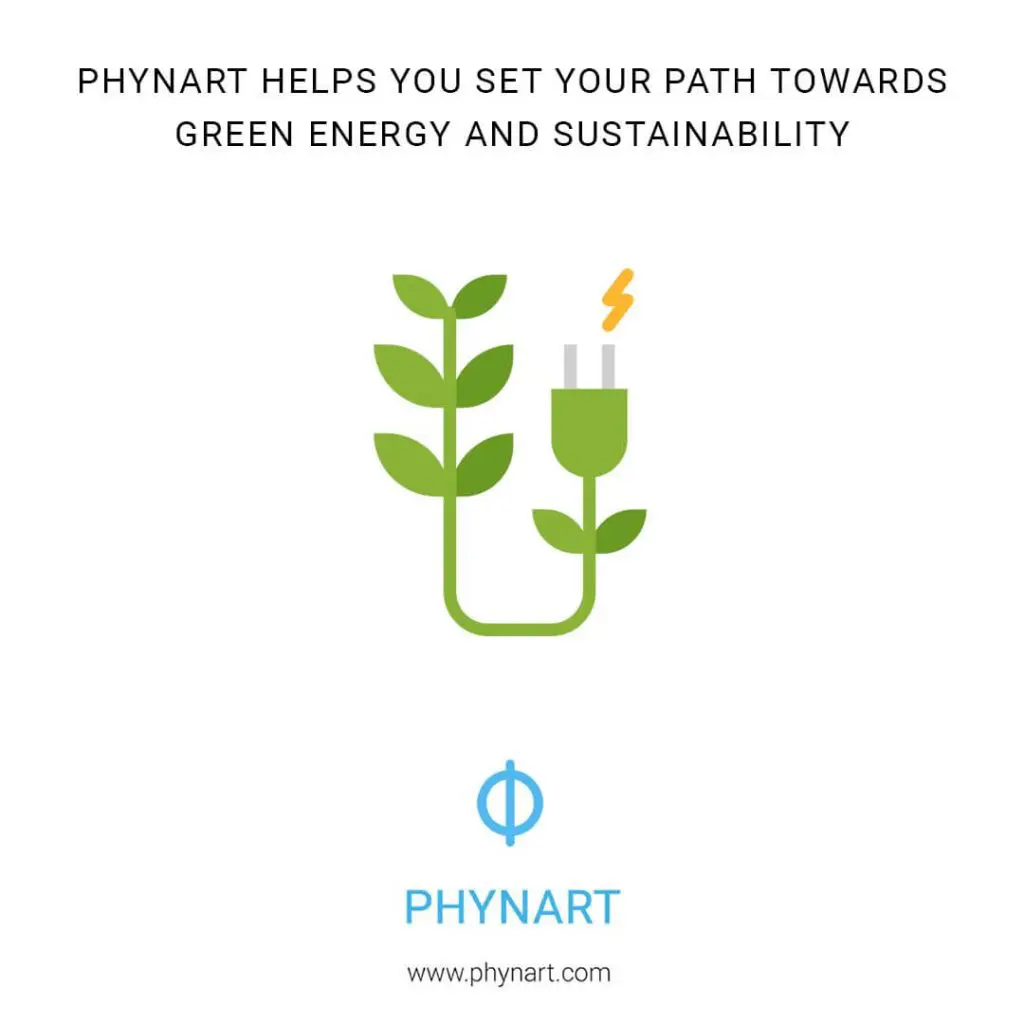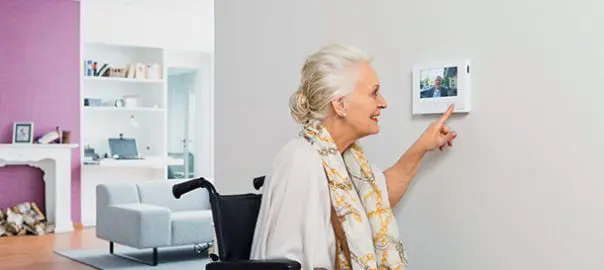‘IoT Home Automation’ is a hot topic these days. Everyone wants to opt for a smart home than the conventional ones. Hence, standing at the crossroads of technology and design today, the people from the construction industry need to keep up with these upcoming trends or be left behind.
So, unlike the other articles, this one will give you reasons to learn more about IoT in home automation and a general idea about why to build a ‘Home Smart IoT Home’.

IoT home Automation
IoT home automation, by definition, is the ability to control domestic appliances by electronically controlled internet-connected systems.
It may include mood-sensing music systems, smart lighting, intelligent temperature control, motorized blinds, automated windows and doors and whatnot. Also, once restricted to luxury or super-tech buildings, home automation is proving to be an increasingly fundamental and affordable addition to architectural projects, whether to new buildings or renovations.
While understanding how they operate may be extremely complex, the primary purpose of technology is to make life simpler, safer, and easier.
Home Automation & Smart Home
Though these two terms are used interchangeably, they are not the same. Home automation enables to configure and automate how various devices inside and outside or nearby the home, work together in an automated way in the context of a connected home.
Whereas a smart home is an umbrella term for the automation, digitization and interconnection of several home automation areas like lighting, room control, blind control, solar shading, audio and video control, security and entry control, the list goes on.
While building a smart home is affordable, retrofitting one will be costlier in comparison. So instead of rushing blindly for a smart home, you can automate certain areas of your house steadily, which come with a fantastic array of advantages.
They allow you to tap into high-tech conveniences that make your life more enjoyable, secure and comfortable.
Here is, what home automation using IoT can offer:
A Connected World
A world where everything is connected through Smart Assistants like Alexa or Siri. One can open or close the windows, doors and curtains, turn the smart appliances on or off, play music, control the temperature of the air conditioning or identify any water leakage, all from a distance.

Increased Security
This is one of the main reasons why people opt for home automation systems. Information gathered from connected devices and motion sensors allows the system to understand when users are indoors and out, to lock doors and gates, and to leave some devices on standby.
Further, artificial intelligence can also be used to automate threat detection and perhaps more proactively alert the owner if something looks wrong.
Through facial recognition algorithms on social media, the system itself can tell if someone outside your circle of acquaintances is trying to access your space and send a message to your mobile phone asking whether you want the doors to stay locked or not.
This type of technology can improve the efficiency of security systems and reduce false alarms.

Sustainability
Although the system installation may be a high initial investment, it can be cost-saving in the long run because of the savings it can provide. Technologies such as thermostats and smart lighting connect to centralized control that can act on its own or be programmed to control energy consumption and reduce waste.
Just as lighting and home security can be controlled by a single device, even the water bill can be impacted. For example, intelligent irrigation systems work similarly to stop the flow and save money, some even react to weather conditions and apply the needed amount of water to the soil.

Improve the lives of peoples with Disabilities
Automation can be useful for people with disabilities and the elderly. People with Parkinson’s disease or other motor diseases can trigger switches without touching them, and motion sensors can trigger safety lights automatically. Motion sensors can also signal a toilet crash and trigger rescue services. Even blood pressure sensors and blood sugar levels can be incorporated into these systems, providing peace of mind to close relatives.

– Shalini Satapathy





